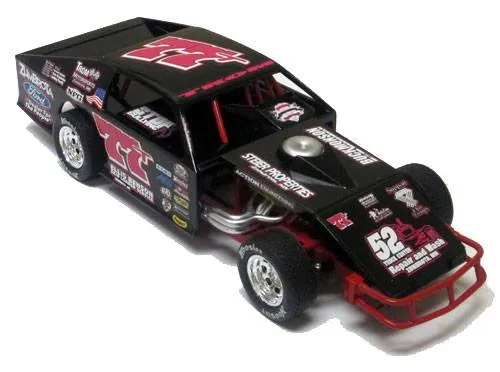Diecast cars, those miniature marvels, have captivated collectors and enthusiasts for generations. But beyond simply collecting, a vibrant community exists dedicated to the art of modification. Transforming these small-scale models into personalized masterpieces requires skill, creativity, and a passion for detail. This article dives into the top 5 modifications to elevate your diecast car collection, transforming them from factory-fresh models into unique works of art that reflect your individual style. Whether you’re a seasoned modeler or a curious newcomer, this guide provides valuable insights into the world of diecast customization.
Customizing Diecast Cars The Basics
Before diving into specific modifications, it’s essential to understand the fundamental aspects of customizing diecast cars. This encompasses choosing the right models, acquiring necessary tools, and mastering basic techniques. The core philosophy revolves around enhancing aesthetics and adding personal touches that distinguish your models. Researching different modification styles like race cars, drift cars or realistic models will provide you with ideas. Careful planning, precise execution, and a touch of creativity are the keys to transforming these small-scale vehicles into something truly special. The joy of modification lies in the ability to create something unique and personal.
Choosing the Right Diecast Model
The selection of your base model is the most important part. Consider the car’s make, model, and overall quality. Some manufacturers are known for producing models with superior detail and build quality, making them ideal candidates for modifications. Look for models with a good foundation, such as well-defined panel lines, accurate proportions, and a solid structure. Assess the original paintwork for any imperfections that might require extra work during the modification process. Popular scales like 1:18, 1:24, and 1:43 offer a wide variety of models to choose from, each with its own set of advantages and challenges. The chosen model should align with the modification theme you intend to pursue, whether it’s a classic car restoration, a modern racing machine, or a custom creation.
Scale Considerations
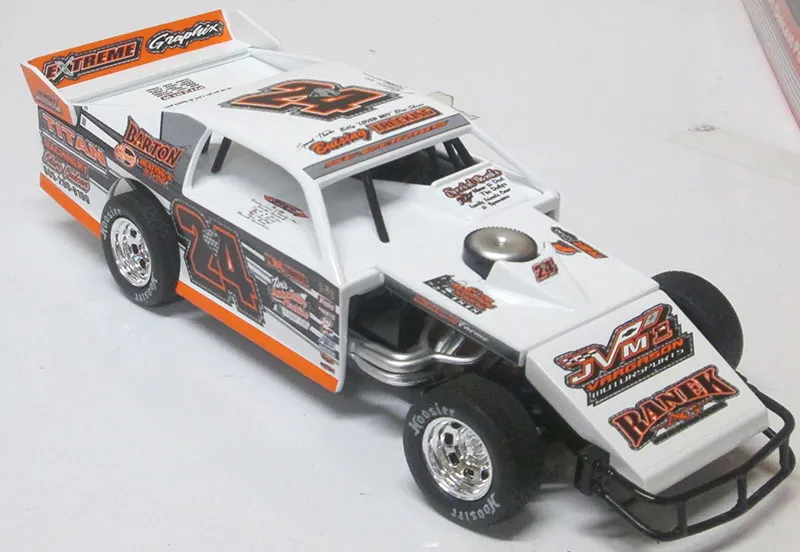
Scale significantly impacts the level of detail you can achieve. Larger scales (e.g., 1:18) offer more space to work with, allowing for intricate detailing and the use of smaller, more realistic parts. Smaller scales (e.g., 1:43) require greater precision and often involve more advanced techniques. The scale you choose should depend on your skill level, available workspace, and the type of modifications you want to undertake. 1:24 scale provides a good balance between detail and manageability. Consider the availability of aftermarket parts for each scale as well, as this will influence your modification options. Ultimately, the best scale is the one that allows you to best realize your creative vision and enjoy the process.
Material Analysis
Diecast models are typically made from zinc alloy, plastic, and rubber components. Understanding the properties of each material is crucial for successful modification. Zinc alloy can be easily drilled, filed, and sanded, but it’s also susceptible to warping if exposed to excessive heat. Plastic parts may require specialized glues and paints, while rubber tires may react differently to certain solvents. Consider the interaction between different materials and ensure your chosen paints and adhesives are compatible. Test your techniques on scrap parts before applying them to your prized model to avoid unexpected results. Knowing how materials interact and how to work with them is critical to a successful modification.
Essential Tools and Materials
Having the right tools and materials is paramount. A well-equipped workspace will streamline the modification process and improve the final outcome. Essential tools include a hobby knife, various files, sandpaper of different grits, a pin vise, a drill with small bits, and tweezers for handling delicate parts. High-quality paints, primers, thinners, and clear coats are essential for achieving a professional finish. Invest in a good airbrush or purchase brushes for detail work. Super glue, epoxy, and putty are also crucial for assembly and filling imperfections. Protective equipment like a mask, gloves, and eye protection are essential for safety. Proper lighting and a magnifying glass can significantly improve visibility and precision, especially when working on small details. Proper tools are the foundation of a successful modification.
The Art of Painting and Detailing
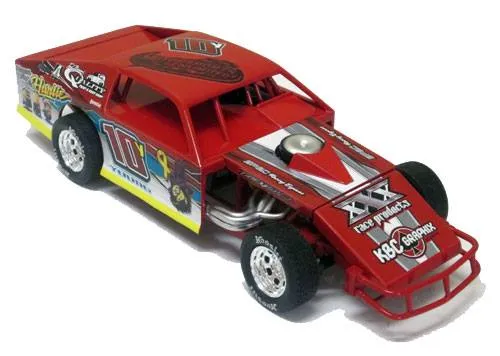
Painting and detailing are at the heart of diecast car modification. The right paint job can transform a plain model into something truly special. Achieving a flawless finish requires careful preparation, proper techniques, and a keen eye for detail. The choice of paint, whether it’s enamel, lacquer, or acrylic, is important. Each type has its own advantages and disadvantages in terms of application, durability, and ease of use. Mastering these techniques is a journey, and each model you paint is a chance to improve your skills. It takes time and practice to find your preferred methods and achieve the desired results.
Surface Preparation Techniques
Surface preparation is the most critical step in achieving a smooth and professional paint finish. The original paint must be completely removed using paint stripper or by carefully sanding the surface. Fill any imperfections like scratches, seams, or sink marks with putty, and sand them smooth. Use progressively finer grades of sandpaper to achieve a flawless surface. Cleaning the model thoroughly to remove any dust or residue before applying a primer coat. The primer acts as a base for the topcoat, promoting adhesion and providing a uniform surface. A well-prepared surface guarantees a beautiful and long-lasting finish.
Painting Methods Airbrush vs Brush
Airbrushing is the preferred method for achieving a professional, smooth, and even finish. It allows for precise control over the paint application and is ideal for applying multiple layers of paint. However, it requires practice, proper ventilation, and equipment. Brushing is a viable option for smaller details and touch-ups. Choose high-quality brushes and thin the paint appropriately to avoid brush strokes and a thick, uneven finish. Several thin coats are always better than one thick coat, as this helps to prevent runs and imperfections. Regardless of the method, patience is essential. Allow each coat of paint to dry completely before applying the next. Take your time and enjoy the process of bringing your diecast car to life.
Detailing and Decals
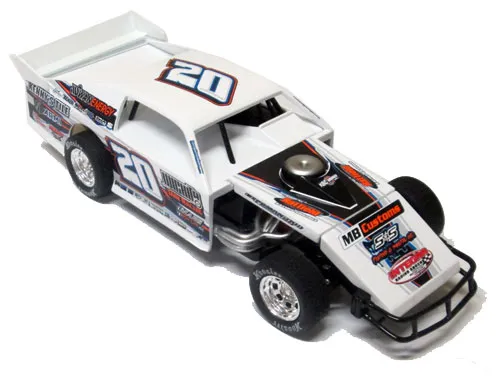
Detailing adds realism and character to your model. This can include adding stripes, logos, and other markings using decals, pinstripes, or freehand painting. Decals, available from various sources, are a fantastic option. Applying decals can be tricky, so use decal setting solutions to soften them and help them conform to the model’s surface. Small brushes and fine-tipped pens are perfect for adding details. Remember to seal the decals with a clear coat to protect them and blend them seamlessly with the paint. The small details are what bring a model to life and make it unique. Consider the type of vehicle you are building to add details appropriate for that vehicle.
Wheel and Tire Upgrades
Wheels and tires can dramatically alter the appearance of a diecast car, changing its stance, style, and overall personality. Upgrading them is a simple way to add visual impact. Different wheel styles offer a wide range of options, from classic designs to modern racing wheels. Select wheels that suit the car’s style and the modifications you have planned. Consider the tire profile and size, as this affects the car’s ride height and handling. This modification will add a lot of personality to your models.
Selecting Aftermarket Wheels and Tires
Aftermarket wheels and tires are available from various sources, including online retailers and specialized model car shops. The best option depends on your preferences, budget, and the specific model you are customizing. Measure the original wheels carefully to ensure a proper fit. Consider the wheel’s offset, as this affects how far the wheels will sit outside the fenders. Choose tires with realistic tread patterns and sidewall details. If you are going for a racing look, low-profile tires will complement the wheels. Make sure to select wheels that match the style of the car.
Installation Processes
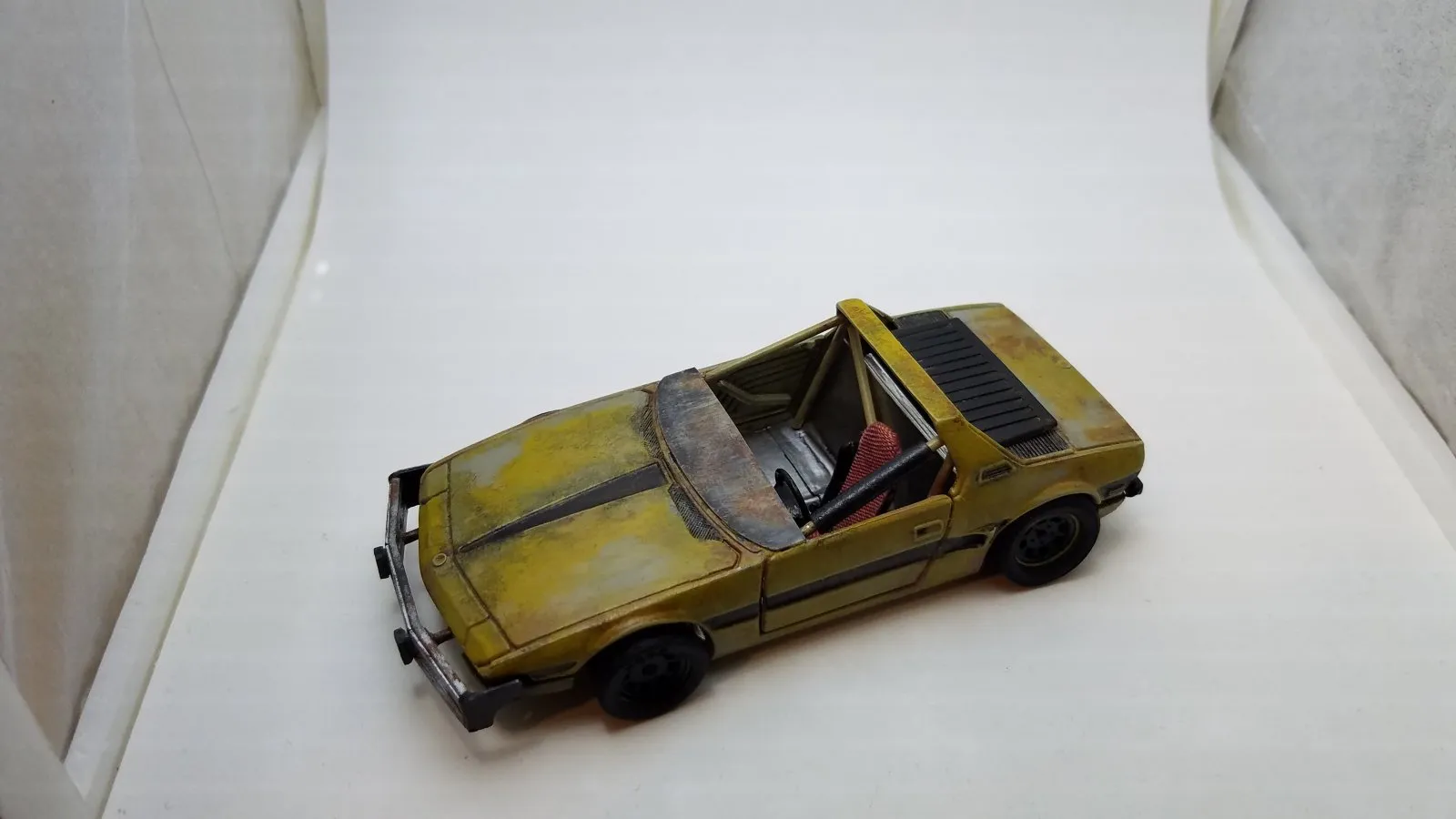
Installing aftermarket wheels and tires usually involves removing the original wheels and axles. This may require cutting, drilling, or other modifications. The new wheels and tires will most likely use a new axle or fit the old one. Pay attention to the fitment of the wheels and tires. In some cases, you may need to modify the wheel wells or suspension components to accommodate larger wheels or a different stance. Use super glue to attach the wheels to the axles. Ensure the wheels spin freely and do not rub against any part of the chassis. Once installed, the wheels will transform the appearance of the car.
Suspension and Chassis Modifications
Modifying the suspension and chassis is another great way to enhance your model’s realism. These modifications often involve lowering the car’s ride height, adding aftermarket suspension components, or detailing the chassis. These changes can create a more aggressive stance and add realism to the model. This is a more advanced modification. It involves careful planning and execution.
Lowering and Stance Adjustments
Lowering the car’s ride height is a common modification. This can be achieved by modifying the suspension, cutting the springs, or using aftermarket lowering kits. Carefully consider the desired stance. Ensure the wheels do not rub against the fenders or chassis during the modification process. Use a level surface to measure and ensure the car sits evenly. A properly lowered stance can make a huge difference in the overall appearance. It also adds a sense of sportiness to the car. This can be one of the most rewarding modifications.
Chassis Detailing
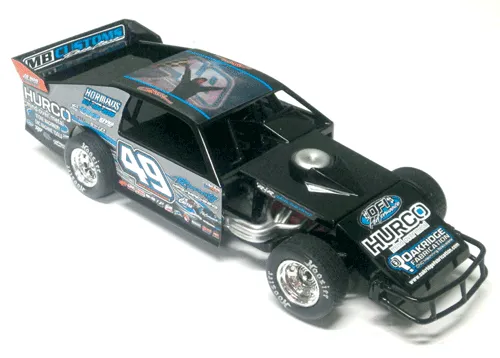
Chassis detailing involves adding realistic details to the underside of the car. This could include adding exhaust systems, brake components, or fuel lines. You can also paint the chassis for a more realistic look. Use small brushes and detail paints to add these features. It’s all about improving the realism of the model. Adding details to the chassis can significantly enhance the car’s overall appeal. The more detailing work you add, the more realistic the car will appear.
Interior Customization Enhancements
The interior is often overlooked, but customizing it can add a significant level of detail and realism to your diecast car. Adding personalized details can make your models stand out from the crowd. Upgrading the seats, dashboard, and other interior components can make a huge difference. These modifications can range from simple detailing to more complex upgrades.
Seat and Dashboard Upgrades
The seats and dashboard are prominent features of the interior. Upgrading them can add a lot of detail. Consider replacing the seats with custom racing seats or adding detailed seatbelts. Detailing the dashboard by adding gauges, switches, or other interior details can also add to the level of realism. This can involve removing the original seats and dashboard, replacing them with custom-made or aftermarket parts, and painting them with realistic colors. The effort will make the interior of your model significantly more realistic.
Interior Detailing and Accessories
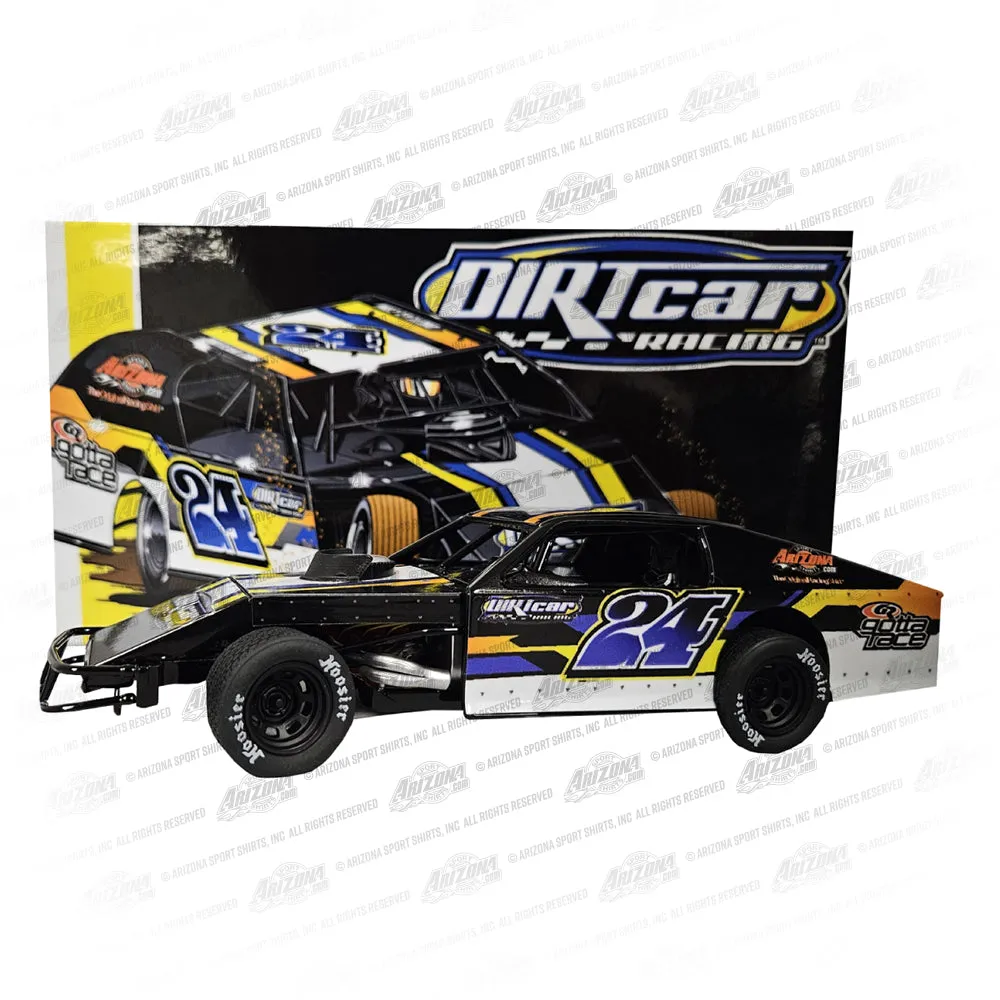
Adding realistic details and accessories brings your interior to life. This might involve adding a roll cage, fire extinguisher, or other racing-related equipment for a track-focused model. Add floor mats, a shift knob, or other accessories that enhance the car’s interior. Small details, such as adding seatbelts and other interior parts, can also significantly enhance the car’s overall appearance. These small additions can make a big difference in the overall look of your model. This is a great opportunity to show off your attention to detail.
Conclusion
Modifying diecast cars is a rewarding hobby that allows you to express your creativity and create personalized masterpieces. From painting and detailing to wheel and tire upgrades, there are numerous ways to transform these miniature models. The key is to have fun, experiment with different techniques, and embrace the learning process. With each project, you’ll develop new skills and refine your techniques, leading to even more impressive results. So, gather your tools, unleash your imagination, and embark on the exciting journey of diecast car modification. The possibilities are endless, and the satisfaction of creating something truly unique is unmatched. Happy modeling!
